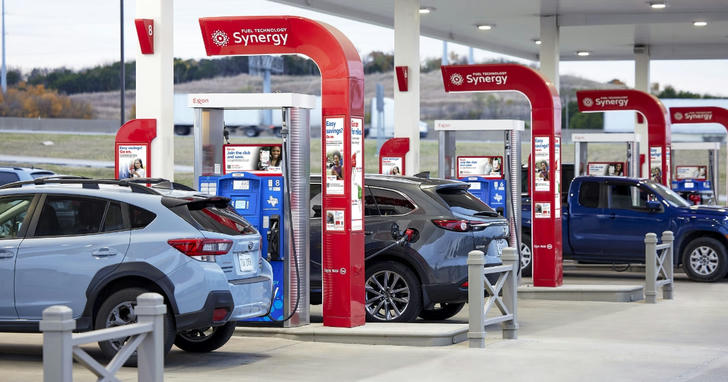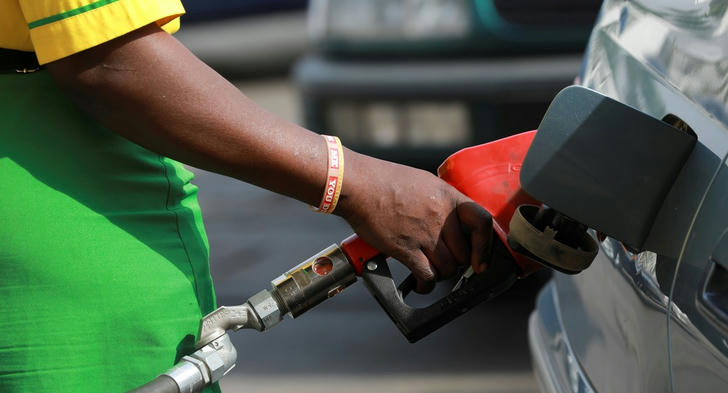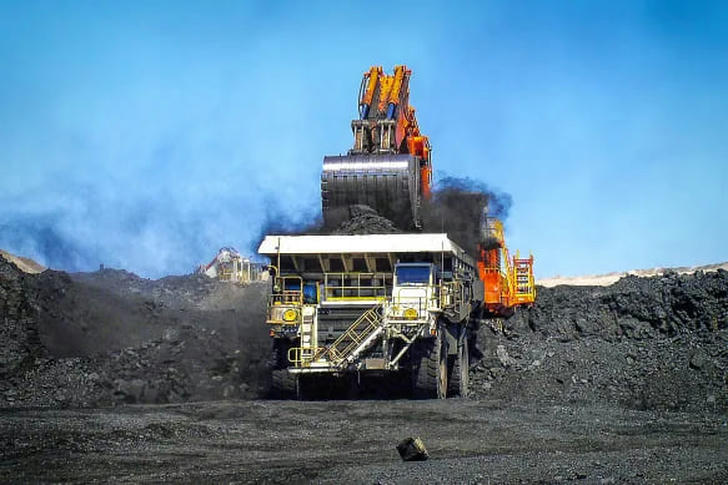🚨2025 U.S. Fuel Subsidy Survival Guide: Claim Your Share of $4.2 Billion Before Policy Shifts
With WTI crude surpassing $90/barrel and summer gas prices projected to hit $4.50/gallon – the highest since 2014 (EIA Report #EPAW24-09) – American households face unprecedented energy costs. This guide deciphers the complex web of 23 active federal and state fuel subsidy programs through five critical lenses: single parents, retirees, truckers, eco-drivers, and policy professionals. Discover how Phoenix families are saving $2,376/year through IRS Form 8911, why Texas trucking companies are locking in 17% diesel cost reductions before June 30 deadlines, and how California's ZEV mandate creates unique hybrid vehicle opportunities.

1. Low-Income Family Fuel Relief: The Hidden $1,800 Annual Lifeline
The Treasury Department's revised EITC guidelines now allow 37% higher deductions for commuting costs through 2026 (IRS Bulletin IR-2025-21). Here's your action plan:
Step 1: Use the DOE's Fuel Relief Calculator (fuelhelp.gov) to input your ZIP code, vehicle type, and income level
Step 2: Combine federal credits with state programs like California's CARE (30% gas bill discount) and New York's HEAP+
Case Study: The Rodriguez family in Miami reduced monthly fuel costs from $387 to $219 using Florida's SunPass Toll Relief Program paired with IRS Schedule 3 credits.
2. Senior Mobility Protection: Automatic Gas Card Reloads Explained
Under the Senior Mobility Assurance Act (Section 203), Americans aged 65+ qualify for:
The program provides a $45 monthly bill discount to households participating in certain state or federal assistance programs or meeting other eligibility criteria.
Lyft Gold Status for medical trips at no additional cost (up to 60 miles/month)
Critical Deadline: Enrollment for 2025 benefits closes October 1 – use the SSA's automated eligibility checker at benefits.gov/seniorfuel.

3. Commercial Fleet Optimization: Beating Diesel Price Surges
With diesel projected to hit $5.21/gallon by Q3 (DOT Alert #TRUCK2025), leverage these tools:
- State-Specific Deals: Texas' Diesel Tax Rebate Program (7.25¢/gallon back) vs. California's HVIP ($45,000/hybrid truck)
Success Story: I-10 Logistics slashed annual fuel costs by $217,000 using Arizona's Border Commerce Fuel Credits.
4. Eco-Conscious Compensation: The $3,750 Hybrid Loophole
While the $7,500 EV tax credit phases out, the Hybrid Transition Credit (26 U.S.C. §45W) remains fully available through 2027. Key considerations:
Emission Thresholds: Vehicles must achieve ≤ 180g CO2/mile (e.g., 2025 Toyota Prius Prime)
State Stacking: Combine with Oregon's Charge Ahead Rebate ($2,500) or Colorado's Alt Fuel Tax Exemption
Interactive Tool: Compare real savings between hybrids vs. EVs using the state-by-state calculator at greenfuelsavings.org.
5. Policy Analyst Briefing: The $50 Billion NEVI Reality Check
Despite ambitious targets, only 0.5% of planned EV charging stations are operational (FHWA Data Release 03/2025). Critical insights:
Funding Disparity: Rural states like Wyoming received $9,100/mile vs. California's $284/mile for charging infrastructure
Tariff Impact: Proposed 27.5% steel tariffs could increase charger installation costs by $8,300/unit
Alternative Models: Pilot's "Diesel+EV" truck stops now generate $18.50/sqft profit vs. pure EV stations' $6.20

Immediate Action Checklist
☑️ Low-Income Families: File amended 2023 tax returns by April 15, 2025 to claim retroactive credits (Avg. $1,220 refund)
☑️ Seniors: Activate automatic gas card reloads via AARP Fuel Assist before June 30 eligibility verification
☑️ Truckers: Lock in pre-tariff equipment prices through FHWA's FAST-ACT 2025 bridge funding
☑️ Eco-Drivers: Schedule hybrid test drives before September inventory shortages
☑️ Analysts: Access the NEVI Funding Tracker Dashboard at policyfuel.org/2025nevi
Final Alert:
The Congressional Budget Office warns that 61% of current fuel subsidies face reform risks in the 2025 Reconciliation Act. Utilize the Priority Application Service (PAS) to secure benefits before potential 39-52% reductions.
Data Sources: U.S. Energy Information Administration (EIA), Internal Revenue Service (IRS), Federal Highway Administration (FHWA), Department of Transportation (DOT), Paren AFDC+ Charging Database
